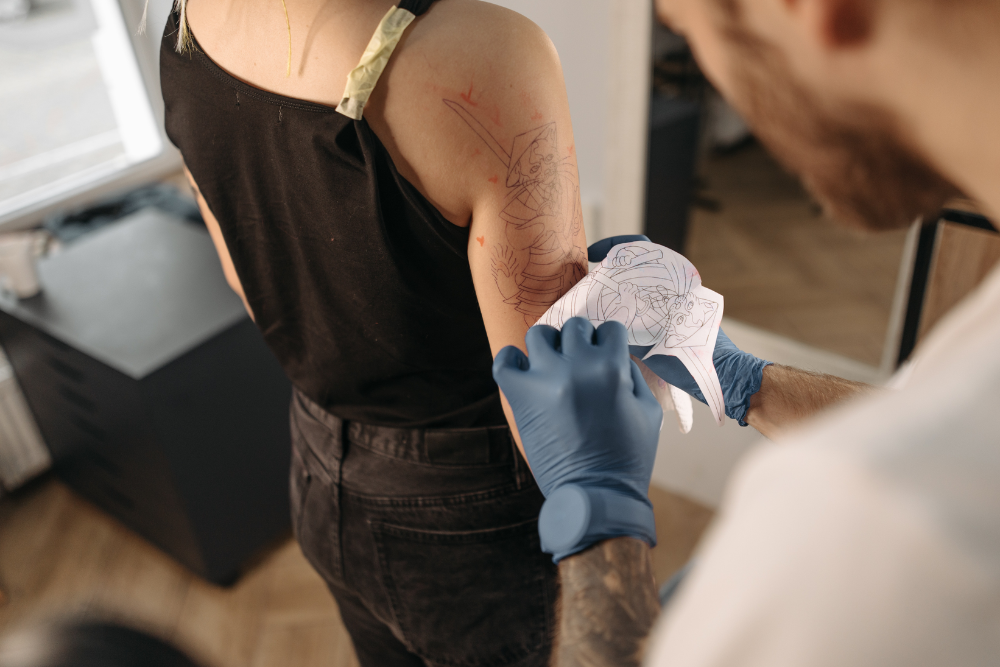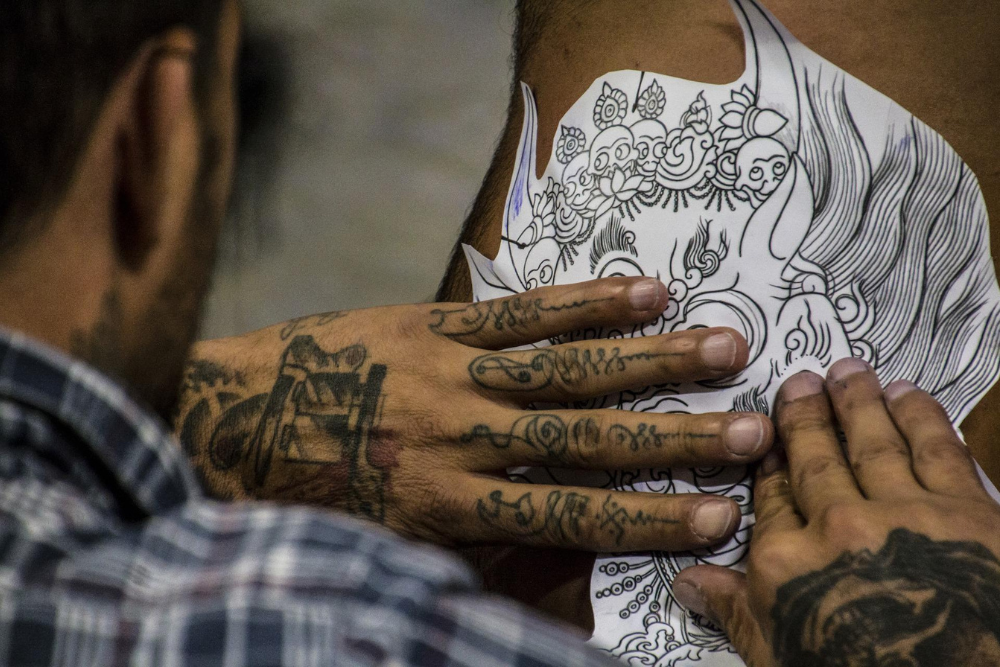How To Plan And Design A Tattoo From Start To Finish
Getting a tattoo is a major decision because that design is going to be on your skin for a long time. It’s important that you feel confident about your ink. As such, when you begin to plan your tattoo, you will want to take into consideration more than just the design. These tips will help you create the perfect tattoo that you will wear proudly.
What Style Tattoo Do You Want
The first thing to consider when deciding to get a tattoo is what style you are interested in. For example, do you want a negative space tattoo? What about a new school style? Or maybe you want simple and abstract? There is plenty to choose from, so do your research!
Keep in mind that if you have an elaborate design in mind, you will not simply be walking into the tattoo shop. Intricate tattoos require a significant amount of time. You may be in that chair for 4-5 hours in a single day.
If you are choosing a tattoo with color, there are things to keep in. mind as well. Yellow and orange as well as pastel colors fade faster than more vibrant colors. If your tattoo design is small, colors may also blend into each other, so you may prefer to limit how many colors you use. Your skin tone will also determine which colors look best and all colors will look different once the tattoo heals.
Research The Studio
One of the most critical parts of planning for a tattoo is choosing the right tattoo parlor. Just like every other type of artist, every tattoo artist has their own style. Search websites of tattoo parlors near you and preview galleries of tattoos each artist has completed to find one that most closely resembles the style you want. Pay the shop a visit once you have chosen an artist to make sure it is clean and safe. Talk to friends who have gotten tattoos as well to see where they would recommend you get your own ink.
Designing The Tattoo
If you have a friend who is an artist, you can ask them to design the tattoo for you. You may also be able to do a rough sketch of what you want and give it to the artist. They can likely create exactly what you want with just a little information.
If you are unsure of what you want, check out the flashes kept in the tattoo shop. These can serve as inspiration for a piece that is much more complex.

Placement of the Tattoo
Once you have chosen an artist and have your design, it is time to decide where you want to place the tattoo. Most people already have an idea once they design the tattoo, but this may change when you see the stencil on your skin. You also want to remember that some parts of the body are more painful when adding a tattoo than others. For instance, a tattoo on the top of your foot will be more painful than one on your upper arm or your thigh.
Release Forms and Payment
A reputable tattoo parlor will require you to sign a release form that will include details on what to expect and release them from responsibility for certain things. The release may state that they are not responsible if your tattoo gets infected or if you suffer an allergic reaction to the ink. Some require that you be over 18 while others will tattoo people younger with a parent’s permission. You will likely be asked to show identification to prove your age as well. Some may ask you to sign a release authorizing them to use photos of your tattoo as well. Payment is usually required in advance and costs for tattoos can vary greatly, depending on size and intricacy.
Tattoo Preparation
Once all the design and business details are completed, you will climb into the artist’s chair. It may be one large room with chairs visible to everyone or you may have a private room, depending on where you are placing your tattoo. The artist will clean the area where the tattoo is to be placed with rubbing alcohol or another solution designed to disinfect the skin. If there is hair in the area, it will be shaved. Be sure the artist is using a brand new disposable razor and that they throw it away after using it on you. They will then likely clean the area again as a precaution.
Stencil Placement
The next step in the tattoo process is the placement of a stencil onto your skin. It is placed on the skin using either soap and water or, in some cases, stick deodorant, which helps the stencil adhere to the skin and helps it stand out better for the artist. The artist will then ask you to approve the placement. If you do not like where the stencil is or how it looks in that spot, be sure to speak up as this will be a permanent design on your skin. Once it is exactly how you want it, the tattoo process begins.

The Tattoo
Your tattoo artist will place ink in what are called ink caps, tiny cups that hold the colors of your tattoo. They then remove all needles and tubes from their sterilized casings before placing them in the machine. Distilled water is then poured into a cup for the artist to clean the needles as well as to change from one color to the next. The ointment is then placed over the design to keep it on longer and to help the needle slide easily on the surface of the skin. Breathe slowly and deeply as the first minute or so will be the most difficult. Try to remain as still as possible for the linework. Once the linework is done, shading begins. At this point, your artist may change to larger needles, or they might change tattoo machines completely. This portion goes more quickly than linework.
After Completion
Once your tattoo is done, it will be cleaned and may apply a hot towel to it. They will likely want to take a photo for their portfolio, but you can deny that request or ask that it be for their own personal files and not displayed for others or included in a gallery. Keep in mind that your tattoo is a wound on your skin. The artist will apply a layer of antiseptic ointment and cover it with a bandage. They will tell you how long to keep the bandage on the tattoo and it is important that you do so for the time they recommend.
Taking Care of Your New Tattoo
The tattoo artist will give you aftercare instructions that should be printed or written down. They will also explain them to you before you leave. They may tell you to use an antibacterial ointment on the tattoo until it completely heals and to keep it out of the sun as much as possible. They may tell you to avoid chlorine pools for a few weeks until it heals. Because it is a wound, the tattoo will form scabs that will eventually heal, so do not panic when that happens after a few days. Always protect your tattoo by using sunscreen as prolonged sun exposure can lead to fading.
If you are ready to get your first or next tattoo, contact Oracle Tattoo Gallery today. Our talented artists are ready to create a beautiful design for you. You can contact us today by calling 215-638-1601.




